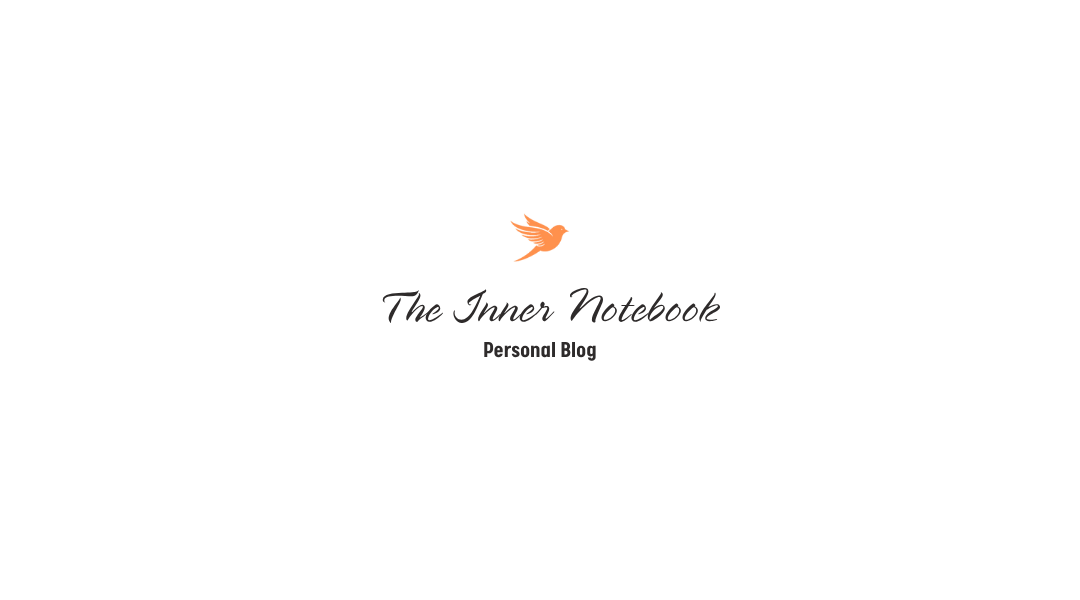
Friedrich Nietzsche once described the evolution of the human spirit using a simple yet profound metaphor — the journey of transformation through three stages: the camel, the lion, and the child. It is not a biological journey, but a psychological one. A map of becoming. Of shedding borrowed skins and remembering what it means to be free.
The journey begins with the camel. The camel is obedient, strong, and self-sacrificing. It carries burdens without protest — the burden of duty, morality, expectation, family, and societal roles. It asks, “What is the heaviest load I can bear?” And the world answers with a list of virtues: be good, be loyal, be disciplined, be productive. The camel kneels. And it carries. It learns endurance, yes — but also silence. A silence that slowly disconnects the spirit from its own voice. This phase builds resilience, but often at the cost of inner truth. It is the stage most people recognise as being “responsible” or “adult.”
But there comes a point when the camel, tired of the weight, begins to stir. A refusal rises — not loud at first, but unmistakable. The spirit no longer wants to obey. It no longer wants to prove itself through suffering. This is when the camel becomes the lion. The lion is not burdened. The lion roars. It rebels. It stands up to the inherited voices — the “Thou Shalts” that were never questioned. It breaks chains, breaks silence, and sometimes breaks relationships. The lion is courageous and wild. It reclaims identity by rejecting everything false. And yet, the lion, too, remains caught in reaction. Its strength lies in saying “No,” but it still dances with the old — still defining itself against what it once obeyed.
And then something quieter happens. After the roar, after the resistance, there is space. A space where nothing is left to prove. In that emptiness, a new form appears — the child. Not the child of naivety, but the child of wisdom. This is not regression, but arrival. The child does not carry like the camel, and it does not resist like the lion. It simply lives. It creates. It plays. It says “Yes” — but this time from joy, not fear. From curiosity, not duty. The child embodies freedom without needing to fight for it. It is light, but not shallow. It is open, but not lost. It is the one who has passed through fire and returned not hardened, but whole.
This metaphor matters today more than ever. In a world full of noise, where people are either obeying old scripts or constantly reacting against them, Nietzsche’s quiet symbol of the child offers a third way. A way that is not about rebellion or conformity, but about rediscovering a state of being where life is not a burden and freedom is not a performance. The journey is not quick, and not everyone makes it to the child. But those who do — they don’t shout about it. They simply begin again.
— from The Inner Notebook


